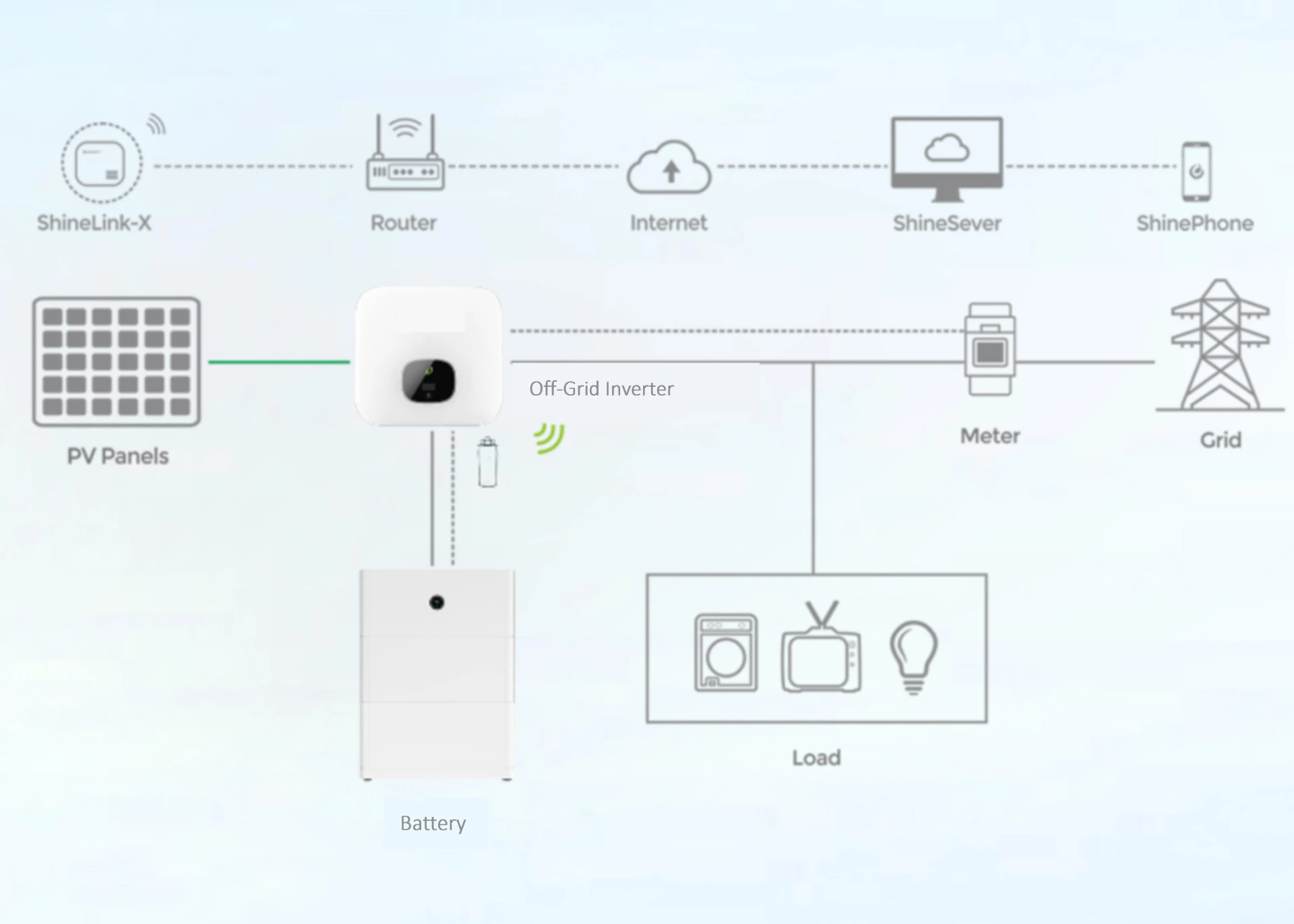Exploring the Benefits and Advancements of Bifacial Solar PV Technology in Renewable Energy
The Promise of Bifacial Solar PV Technology
In recent years, the demand for renewable energy solutions has surged, with solar power leading the way in global efforts to combat climate change. Among the innovative advancements in solar technology, bifacial solar photovoltaic (PV) panels have emerged as a groundbreaking solution that enhances efficiency and performance in solar energy generation. This article elaborates on the concept of bifacial solar PV, its advantages over traditional monofacial panels, and its potential role in the future of clean energy.
Understanding Bifacial Solar PV
Bifacial solar PV panels are designed to absorb sunlight from both their front and rear sides. Unlike conventional solar panels that only capture direct sunlight from one side, bifacial panels can also harness reflected light from the ground and surroundings. This unique capability allows them to generate electricity more efficiently. Typically, bifacial panels consist of two glass surfaces that protect the solar cells, providing increased durability and reducing the risk of damage from environmental factors.
Advantages of Bifacial Solar PV
1. Higher Energy Yield One of the most significant advantages of bifacial solar panels is their ability to produce more electricity. Studies have shown that bifacial panels can increase energy yield by 10% to 30% compared to traditional monofacial panels, depending on the installation conditions and the reflectivity of the ground material. This enhancement is particularly notable in environments where sunlight is reflected off surfaces such as white sand, snow, or concrete.
2. Longevity and Durability Bifacial solar panels generally feature robust and durable glass surfaces, which not only protect the solar cells but also contribute to the longevity of the panels. The absence of a backsheet—common in monofacial panels—reduces the risk of moisture ingress and potential degradation. As a result, bifacial panels can last longer, providing a better return on investment over time.
3. Versatility in Installation Bifacial PV technology offers flexibility in installation. These panels can be deployed in various configurations, including fixed tilt, trackers, and vertical installations. The ability to utilize the reflected light makes bifacial panels suitable for multiple environments, from large solar farms to urban rooftops. This flexibility means that they can be effectively integrated into existing architectures and landscapes.
bifacial solar pv

4. Sustainability Bifacial panels contribute to a more sustainable energy production model. As they generate more energy from the same amount of sunlight, they require less space compared to traditional panels to produce equivalent amounts of electricity. This space efficiency is particularly important in densely populated areas or regions where land use is a critical consideration.
Challenges to Overcome
Despite the many advantages of bifacial solar PV technology, some challenges remain. The initial investment for bifacial panels can be higher than monofacial counterparts due to the advanced technology and materials used in their manufacture. Additionally, the amount of gain from bifacial panels heavily depends on the site-specific conditions, such as the albedo (reflectivity) of the ground surface. Proper assessment and planning are essential to maximize the benefits of bifacial installations.
Future Prospects
As the world transitions toward sustainable energy solutions, bifacial solar PV technology is poised to play a crucial role. With ongoing advancements in solar technology and declining costs of production, bifacial panels are expected to gain widespread adoption. The increasing awareness of climate change and the urgent need for clean energy sources drive investment and research into enhancing their efficiency and performance.
Governments and corporations alike are beginning to recognize the potential of bifacial technology as part of their sustainability agendas, integrating it into both large-scale solar projects and small-scale residential setups. As their efficiency improves and technology becomes more accessible, bifacial solar PV panels are likely to play a significant role in meeting international renewable energy targets.
Conclusion
In conclusion, bifacial solar PV panels represent a significant breakthrough in solar technology, offering numerous advantages over traditional monofacial panels. With their higher energy yields, durability, and versatility, bifacial panels can pave the way for more efficient and sustainable energy solutions. While challenges remain, the future of bifacial solar technology looks promising as the world continues to embrace renewable energy in the fight against climate change.
-
Unlocking Energy Freedom with the Off Grid Solar InverterNewsJun.06,2025
-
Unlock More Solar Power with a High-Efficiency Bifacial Solar PanelNewsJun.06,2025
-
Power Your Future with High-Efficiency Monocrystalline Solar PanelsNewsJun.06,2025
-
Next-Gen Solar Power Starts with Micro Solar InvertersNewsJun.06,2025
-
Harnessing Peak Efficiency with the On Grid Solar InverterNewsJun.06,2025
-
Discover Unmatched Efficiency with the Latest String Solar InverterNewsJun.06,2025







